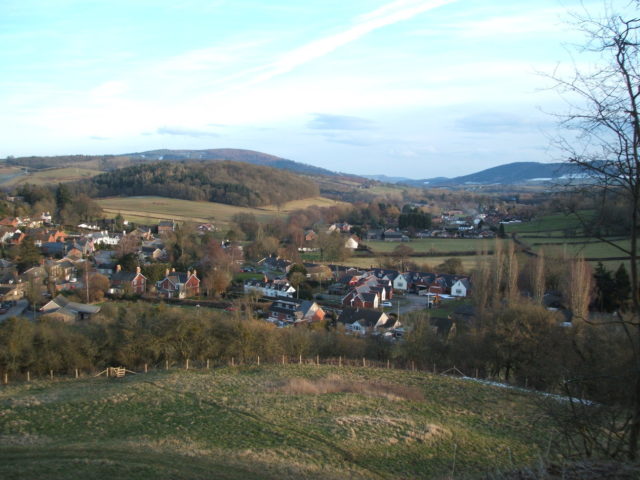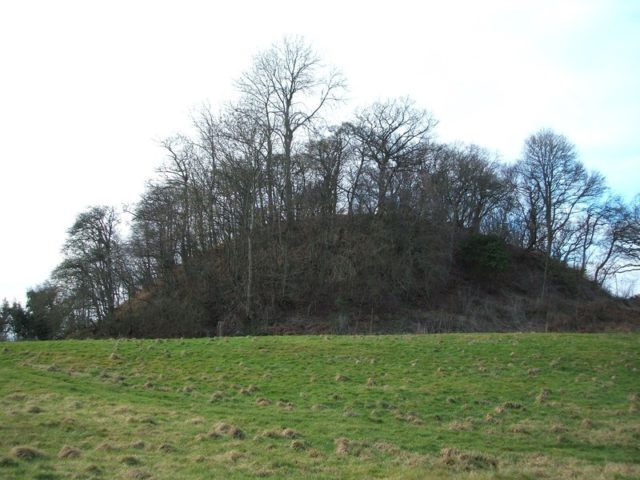An Anglo-Saxon Motte-and-bailey castle in the remote Herefordshire village of Ewyas Harold has recently been put on the market for prospective buyers. The castle possesses considerable historical significance, as it is considered one of only three sites in the region built before the Norman Conquest.
The castle is located on a smallholding consisting of a massive 21 acres of land, including a large five-bedroom bungalow which overlooks the beautiful and serene Manmouth Valley.
According to historians, the castle was originally built to defend the Valley from attackers.

Another interesting characteristic of the site is its environmental sustainability: the estate produces many of the resources needed to supply its needs. The structure has an ample supply of timber, sourced mainly from a plantation in the surrounding woodland.
The property’s energy requirements are fulfilled by an array of hot water solar panels. In addition, the property has an extensive garden network that provides a fresh supply of seasonal vegetation. Three reasonably big barns and many acres of land offer prospective buyers a whole host of self-sustaining resources.
According to historians, the very first castle at the Ewyas Harold site was probably built by Osbern Pentecost between 1048 and 1051 AD. The castle faced almost certain destruction when it was heavily damaged during a bitter conflict between Normans and Godwin, the Earl of Essex. However shortly after William FitzOsbern conquered the region in 1066-1067 AD.
The castle was refortified and restored near to its original form. In the year 1067, FitzOsbern was confirmed by William the Conqueror as the first Earl of Hereford.

Historians trace back the origin of the name to c. 1530, when it was known as Mapheralt (Welsh for Son of Heralt). In fact, the Lord of Ewyas in the 12th century, Robert, was the son of Harold: the man after whom the castle was probably named. The Lordship of Ewyas was passed on to Robert in the years 1135. Robert was responsible for the founding and initiation of the Cistercian Abbey at Dore in 1147.
The castle remained in active use until the 15th century; the very last military use of the castle was perhaps during the uprising of Owain Glyndwr in 1403. By the time the English Civil War engulfed the region in 1645, the building had fallen into disrepair, and after the war ended the abandoned castle was soon forgotten.
A detailed analysis of the site using remote sensing and ground-penetrating radar systems was carried out by archaeologists in 2006 to develop an accurate earthworks plan. A set of archaeological studies relating to the castle and the surrounding region have taken place on numerous occasions since; in 2007, 2010 and again in 2011.
